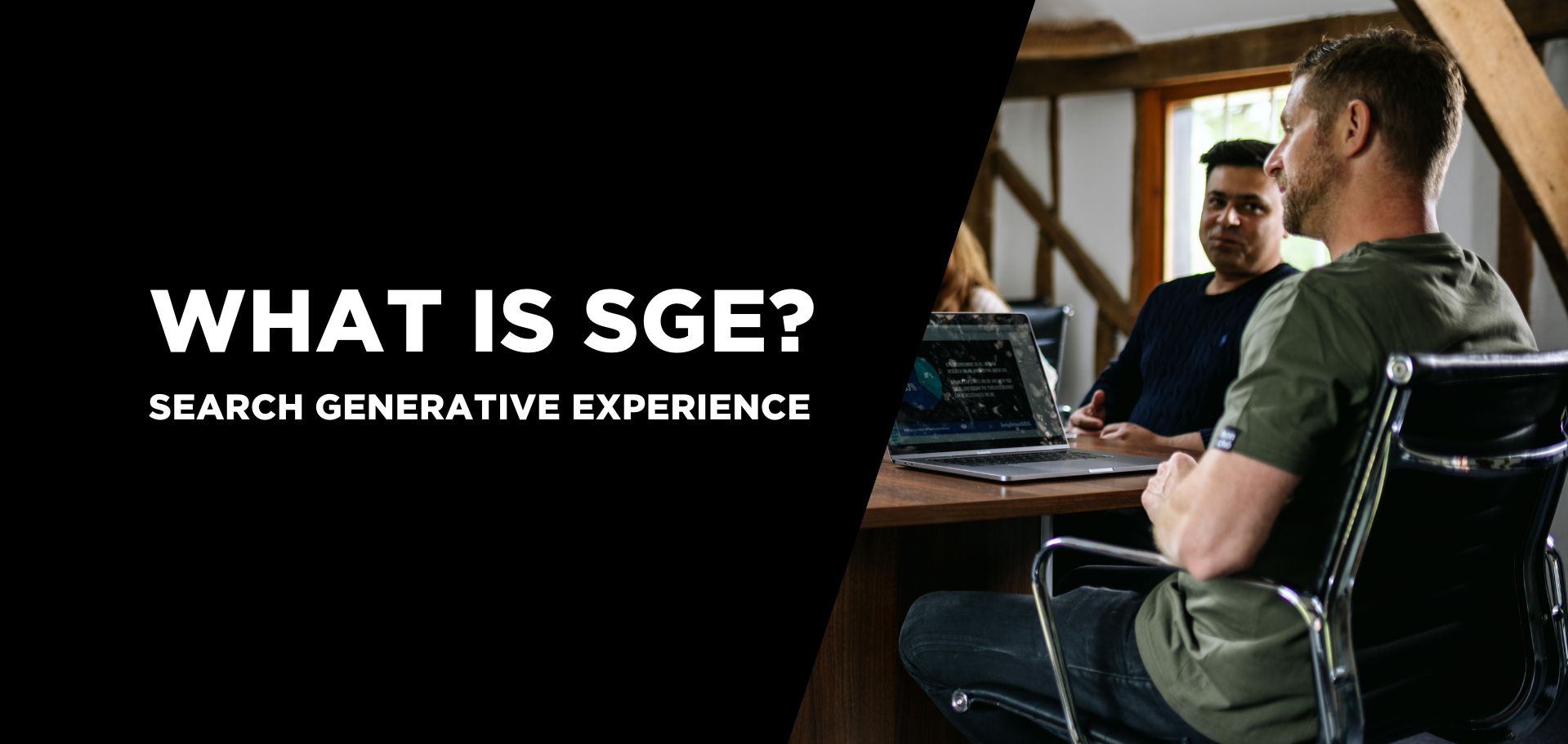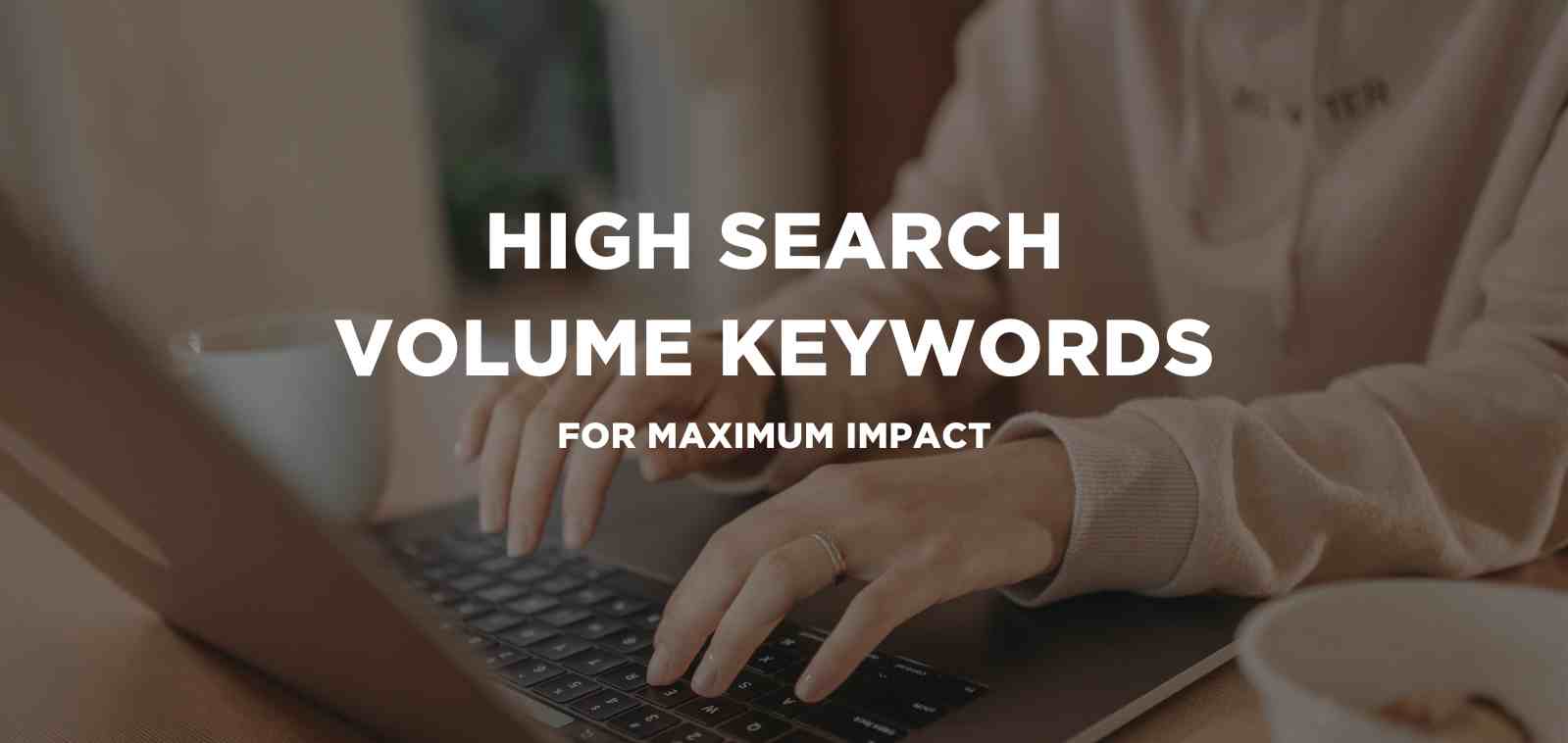2 min read
What is Google Search Generative Experience? (SGE)
What is Google SGE? Think of Google SGE as your helpful buddy on the search results page. Instead of making you click on different websites, it pulls...
7 min read
 Jade Halstead
:
Mar 26, 2020 11:36:46 AM
Jade Halstead
:
Mar 26, 2020 11:36:46 AM
In uncertain and unprecedented times like these, the future of some businesses can seem uncertain. Brands that rely on footfall in the high street have suddenly been forced to close stores.
But it’s not all doom and gloom for retail businesses. As people are spending an increasing amount of time in their homes, the amount of online shopping they do will increase. For some industries the impact of COVID-19 on sales may be quite positive. Now more than ever, it’s important for brands to optimise their online presence to capture these customers and stay visible despite store closures.
At this time, it is obvious that most marketing strategies cannot continue as planned. To ensure that your business is as well-prepared as possible, approach your marketing strategy in stages. For example:
Ensuring you have a game plan for each stage of this process will ensure that you’re never a step behind with your marketing. This is not the time to pause marketing activity or adopt a “let’s wait until this is all over” attitude. Even if you don’t think you can make sales during this period, delaying all talk of marketing strategy will set you way back behind your competitors when things start going back to normal.
At the moment, your usual marketing platforms or techniques might be unfeasible. For example, if no one is getting on the tube right now, then paying for printed adverts at stations and on trains won’t be very effective. In this situation, retail businesses have to be versatile with their marketing. Simply put, they need to go where the people are. Social media, display marketing and video platforms will be seeing a surge in traffic, and times of day that may have been quiet periods will see an uplift in activity too. Investing in any of these channels will get your ads in front of the people you’d be missing out on capturing otherwise.
That being said, no one wants to see a marketing strategy based solely around COVID-19. Campaigns featuring COVID-19 as a way of making sales will almost definitely backfire, as businesses will be called out for trying to capitalise on a global pandemic. Also, with the general public being bombarded from all sides with news and information, customers are most probably sick of hearing about the virus. Any retail strategy that revolves around COVID-19 will get lost in the noise.
It’s essential that brands remain sympathetic during this time. Paying attention to the current climate is vital, as we are seeing more and more that consumers are expecting brands to have opinions and take action on global matters. Tell people how you are reacting to the latest updates – now is the time for brands to get serious about their Corporate Social Responsibility.
Many retail businesses are also showing their support in other ways during this time. Most supermarkets are dedicating certain times of day for the elderly to shop for essentials, and others are offering special discounts for NHS staff and other key workers. Something like this would be a great way to position your brand as one who is in touch with current affairs, but, if you do choose to act, be sure that it is genuine and helpful – not just a sales pitch.
Brands should also make the effort to keep people in the know about their current situation. Create content that explains your situation and encourages them to follow government advice and shop online rather than in stores. This can be permanent content on your website, social media posts or even email newsletters. Communication is important during this time.
In this period of isolation, people at home will turn to digital. One of the best things you can do for your business at the moment is to invest some time in your website, to ensure you’re still able to serve your customers’ changing needs.
Even the most dedicated staff take a few social media breaks while working from home. Whether it’s during their lunch break, during the afternoon slump or when they’ve commuted from their desk to the sofa at the end of the day, there will probably be an increased amount of scrolling. In fact, 45% of people say they are spending more time on social media at the moment, according to a Global Web Index report. So, if that’s where your audience will be, that’s where your marketing needs to be too. Budgeting into social media at this time – whether that’s Paid Social, Influencer Outreach or even just investing some time and resources into Organic Social – is a smart move for retail brands.
As well as social media, brands should also try and maximise presence in the SERPs for generic terms as well as branded terms. Improving on-page SEO by optimising for certain keywords could improve your visibility in search engines, capturing customers with exactly the products they are looking for. Owning your brand name is also important during this time, especially if your brand is sold across other sites as well. Once you are replaced in the SERPs by other brands, it’s very difficult to claim that space back. Scaling back your digital marketing efforts, especially in SEO, means you are leaving the space open for your competitors to take your positions.
Get creative with your PPC marketing campaigns
Communicate your brand messaging through the ads and use this time to build a pool of customers interested in your products. Don’t completely cut your PPC budgets – traffic is likely to be cheap which means you can attract future customers in a more cost-effective manner.
A recent study by the Global Web Index indicates that 70% of people globally are spending more time on their smartphones at the moment. In this mobile-first world, ensuring your site is fully optimised for mobile users is imperative for boosting performance.
If you’re in the difficult situation of being unable to function properly when your physical locations are closed, start planning for the future. Putting things in place for when the situation starts returning to normal means you’ll spend less time playing catch up. For example, setting up some data capture functionalities on your site can help to target customers directly when you’re able to open again. Something as simple as implementing an email capture box encouraging people to sign up for notifications of when your locations reopen can be working in the background to gather a list of potential customers who would be open to email marketing.
If you have any campaigns running that are designed to increase footfall, now would be the time to make some reductions in those areas. Anything local or tailored to specific locations may not be the best place to focus spend at the moment, unless you’re a small or independent business offering limited delivery to local areas.
If you’re facing disruptions to opening hours or supply chain, be candid with customers. Customers will be constantly on the lookout for the most up to date information. If you have physical locations, people will be searching to see whether these locations have reduced opening hours or have put any extra regulations in place. In fact, there has been evidence of Google My Business having reduced functionality under the strain of the outbreak, with reports of delays in updates to profiles. Google said that it’s prioritising “open and closed states, special hours, temporary closures, business descriptions, and business attributes edits”, but there still might be longer waits to get updated business information live.
In light of this, creating pages or content on your website specific to how COVID-19 is affecting the running of your business will be beneficial to both you and your customers. Editing these pages as the situation develops will also keep your content fresh and relevant.
Now is the time to adapt. If you can, introduce new ways of shopping online that make your business more attractive to customers. For example, car dealerships could offer a “buy online” functionality that enables customers to purchase cars remotely, along with a delivery option so they don’t need to leave their homes.
In fact, home delivery as a whole is looking like a vital offering at the moment. If you previously relied on customers coming into your physical locations to make a purchase, now may be the chance to explore other avenues. If your retail business has had to temporarily shut its doors and you are able to offer home delivery, make sure to capitalise on it. Make changes to your site to alert customers, such as including home delivery in your title tags, meta descriptions and headings. You could even update your FAQ page with a piece of content around delivery, including pricing, how long it will take and any restrictions.
Now could also be a good time for businesses to introduce financing options, especially on larger products, as people may be more inclined to go for something that allows them to spread the payments during this time. As the future of the economy is uncertain, people will be less willing to splurge on luxury items, so implementing a financing option may prove popular.
As people spend more time indoors, AR and VR are set to become more popular than ever. While it’s potentially a little late to rush through a development of a brand new AR or VR tool, if there has been one in the works or you have an existing asset, it might be a good avenue to explore. Things like IKEA’s augmented reality tool that allows people to see what furniture might look like in their homes to a way of virtually trying on clothes may help to increase sales for things that people would have previously had reservations about buying online.
In the world of automotive, dealerships are even offering virtual appointments for Motability customers in need of vehicles or adaptations. Similar to a normal appointment, customers can be guided through the Motability process, providing essential help for those who need it, without compromising the safety of staff or customers.
The government restrictions and social unease during the ongoing COVID-19 pandemic will certainly have (and is having) an impact on all sectors, not just retail. However, this is time that brands could use to strengthen their online presence, which could be vital when trying to maintain sales during store closures.
Brands must be reactive and attentive; they should not be scared to adapt their marketing strategies to the current situation. Businesses who base their marketing decisions on current behaviours will undoubtedly limit the damage caused by the closure of physical stores, as they will still be able to capture and convert customers. The best way to do this is by making sure your digital activity is optimised, and your brand is making the right kind of noise on all the right channels.
If you want to talk marketing strategy or just need some advice around business and COVID-19, get in touch, or call us on 01438 870220.

2 min read
What is Google SGE? Think of Google SGE as your helpful buddy on the search results page. Instead of making you click on different websites, it pulls...

5 min read
Discover the power of high search volume keywords and how to effectively use them to boost your online presence and drive maximum impact.

2 min read
We're delighted to officially announce our partnership with Eflorist, one of the world’s leading flower delivery brands with over 54,000 local flower...

So firstly, how has Digital PR changed? A lot has changed in the last 10 years within the world of digital but also in the real world, there’s been...
In February 2016, Google made a significant change in the search engine result pages (SERPs) by displaying four PPC Ads on top and moving the rest to...
In the month of July 2020, Google confirmed that it was pushing back its planned 100% rollout of the “mobile first indexing” update due to the...